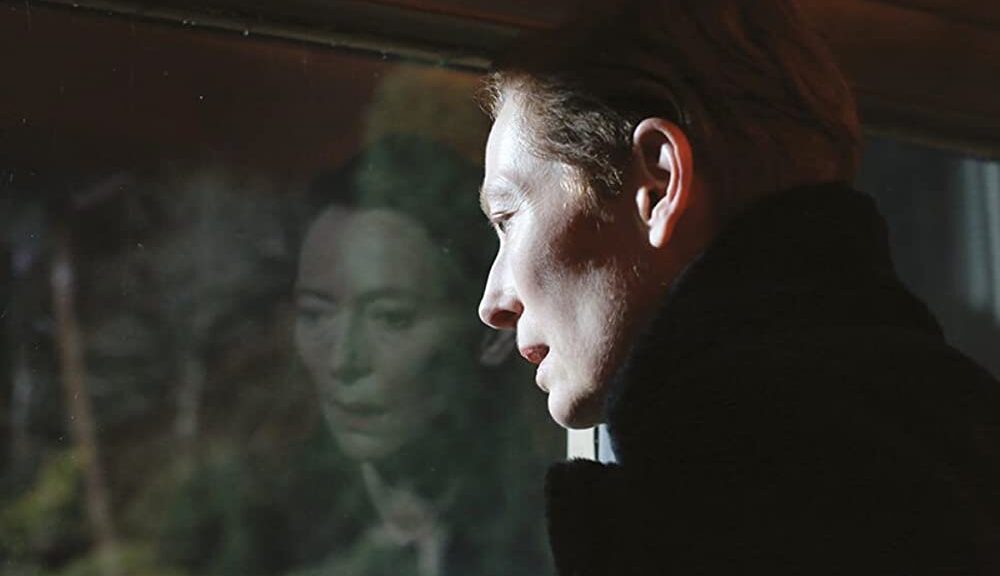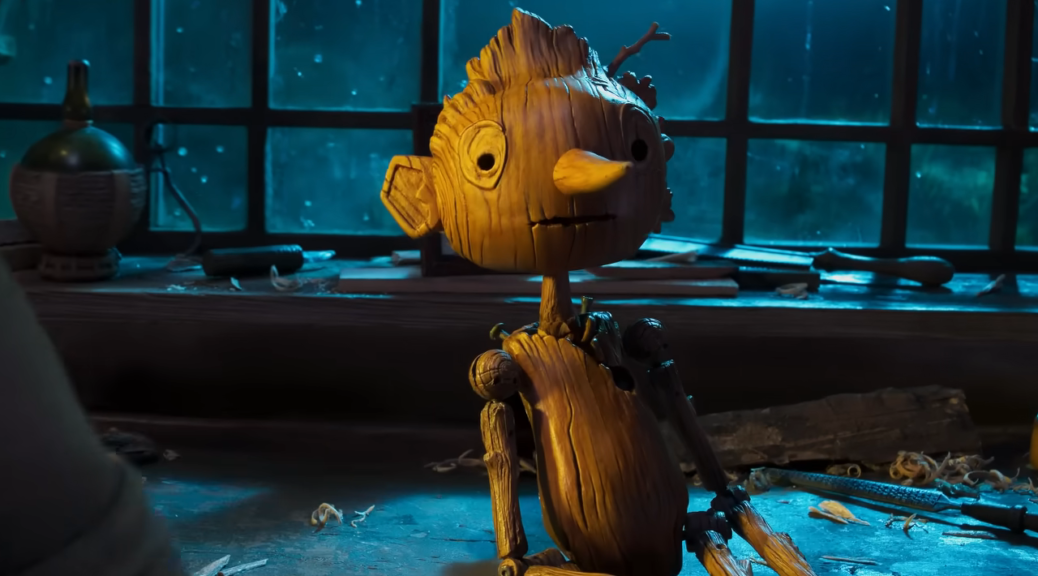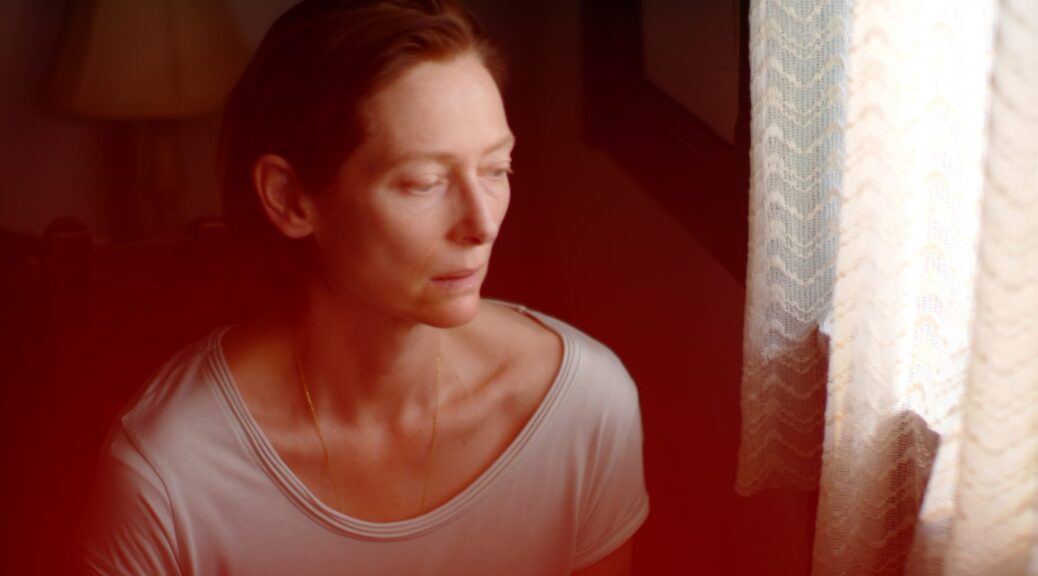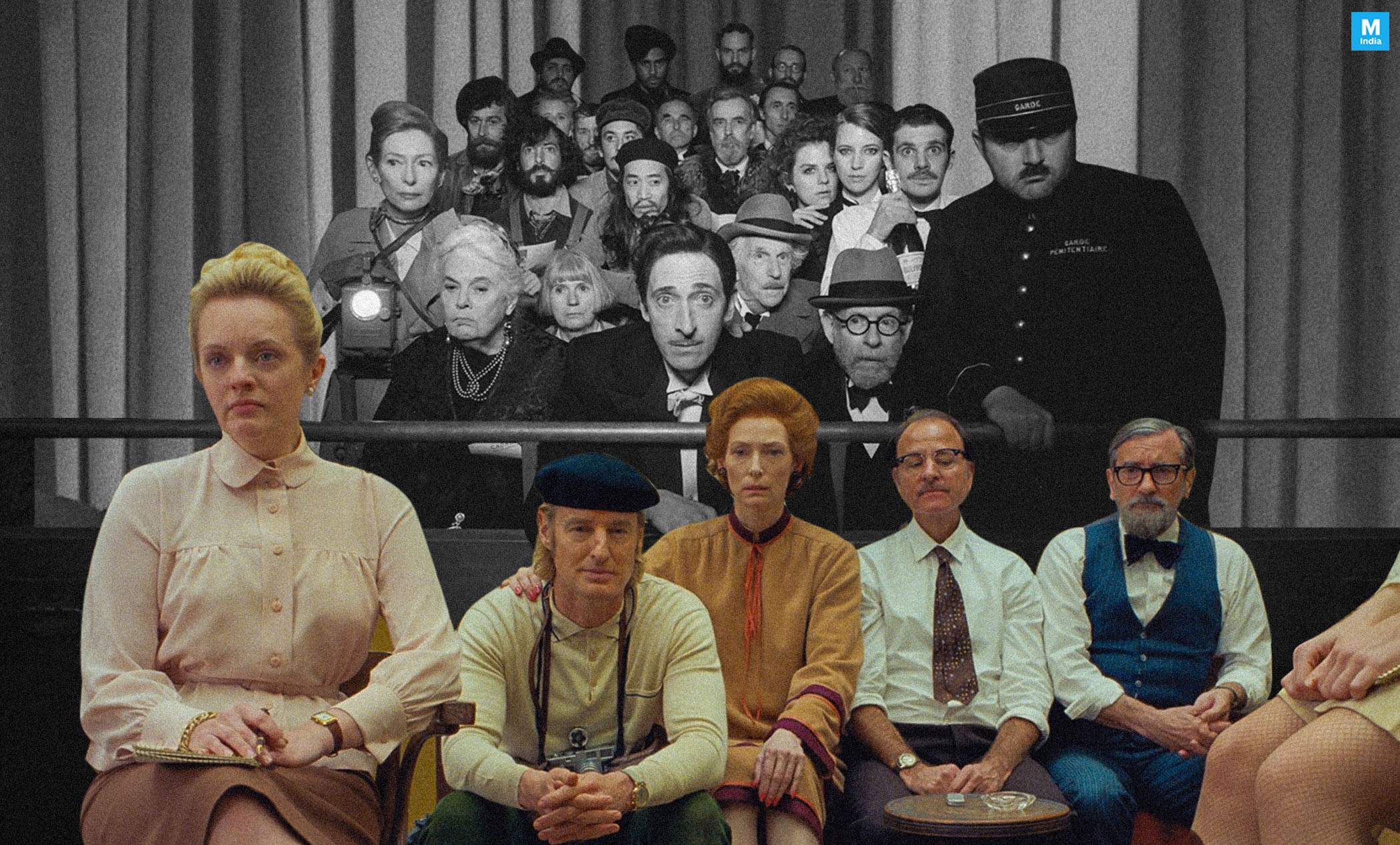Ballad of a Small Player
by George Wolf
Many fans of Lawrence Osborne’s 2014 book Ballad of a Small Player won’t be surprised to learn how long the film adaptation was stuck in development. The tale presents a tricky narrative tone, mixing metaphor, dark comedy and psychological mind games for a ride of desperate obsession.
Director Edward Berger and star Colin Farrell are all in for the Netflix version, but they leave the final table a little short of the jackpot.
Farrell is Lord Doyle, on the run in the Chinese region of Macau. Doyle needs to settle a $350,000 casino tab in three days or he’ll be arrested. But there are plenty of other glitzy casinos to visit, and Doyle works whatever angle he can to get credit at the baccarat tables, always promising that big score that never comes.
He seems to meet a kindred spirit in Dao Ming (Fala Chen), a casino manager who takes pity on Doyle’s lonesome loser nature. It is the Festival of the Hungry Ghosts in Macau, and Dao Ming may have some surprising burnt offerings in mind.
While the two begin to form a fragile bond, private investigator Cynthia Blithe (Tilda Swinton) is on Doyle’s tail, and may finally force him to confront the secret life he has been hiding.
Farrell brings sympathy to Doyle’s downward spiral in writer Rowan Joffe’s adaptation, making it easier to accept a third act that surprises no one. Swinton carves her usual glory out of limited screen time, and Chen gives Dao Ming the mysterious grace of possible salvation. Kudos as well to Deanie Ip as Grandma, an ultra-rich gambler who has no trouble sizing Doyle up in hilarious fashion.
Berger (All Quiet on the Western Front, Conclave) brings his own air of desperation, filling each frame with a forced showiness that wears out its welcome pretty quickly. There’s no doubt many set pieces are bursting with color and beauty, but the attempts to blur the real and surreal are so forced it begins to detract from the pleasure of watching these actors claw closer to that final reveal.
Ballad of a Small Player has no problem reminding you that the source is probably a great read. Watching it unfold – in select theaters, or on Netflix – is just too frustrating to rise above pretty good.













